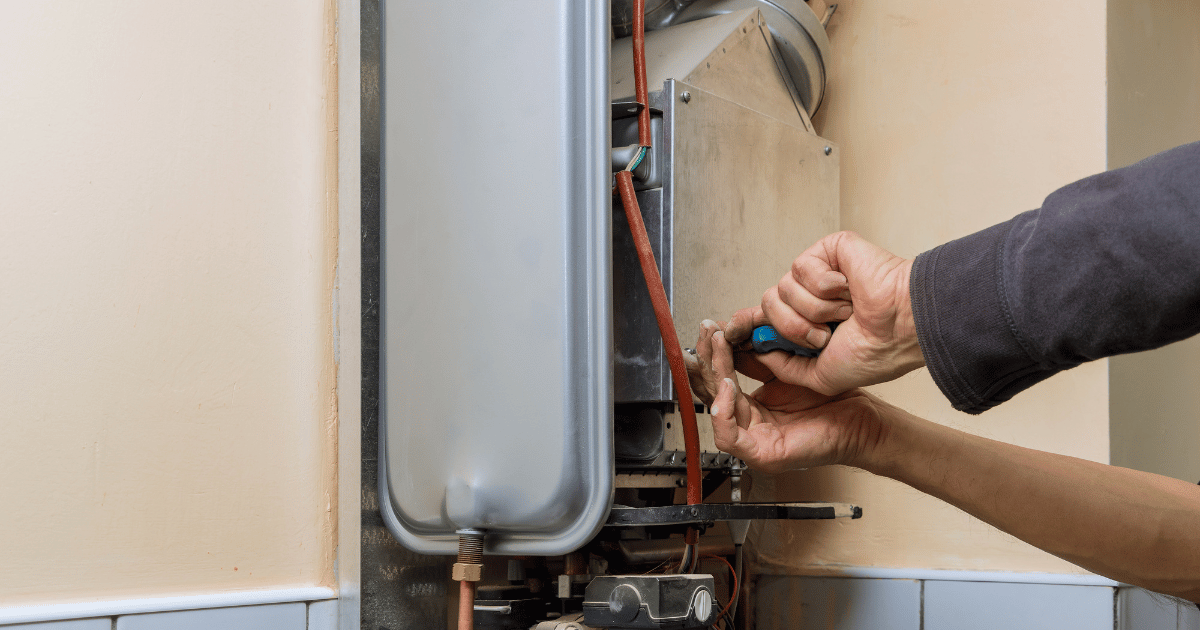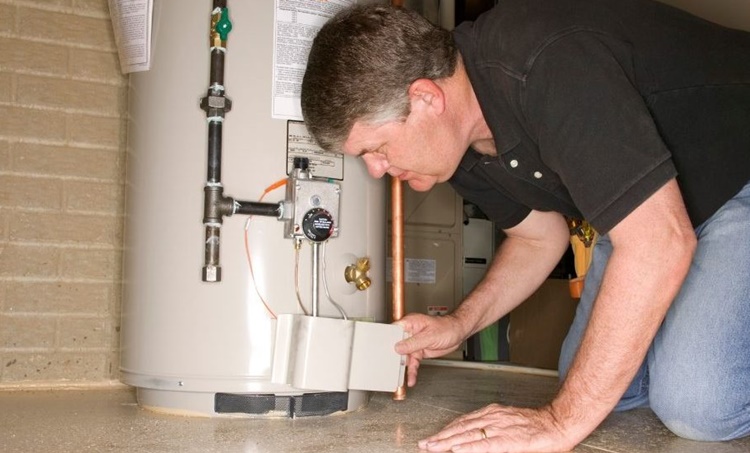Ways to Maintain Your Home's Hot Water System Functioning WellBest Practices for Maintaining Your Home's Hot Water System
Ways to Maintain Your Home's Hot Water System Functioning WellBest Practices for Maintaining Your Home's Hot Water System
Blog Article
The article listed below involving How to Maintain Your Water Heater & Prolong its Life is truly compelling. Give it a try and draw your own personal conclusions.

Warm water is essential for day-to-day comfort, whether it's for a refreshing shower or washing dishes. To ensure your warm water system runs successfully and lasts much longer, routine maintenance is crucial. This post supplies useful ideas and understandings on exactly how to preserve your home's warm water system to avoid interruptions and pricey repairs.
Introduction
Maintaining your home's hot water system may appear complicated, however with a few simple actions, you can guarantee it runs smoothly for many years to come. This overview covers everything from recognizing your hot water system to DIY maintenance pointers and knowing when to call in specialist aid.
Value of Maintaining Your Hot Water System
Routine upkeep not only expands the life-span of your warm water system however also guarantees it operates efficiently. Neglecting upkeep can bring about reduced effectiveness, higher energy expenses, and also early failure of the system.
Indicators Your Hot Water System Needs Maintenance
Understanding when your warm water system needs attention can stop major concerns. Watch out for signs such as irregular water temperature level, weird noises from the heater, or corroded water.
Purging the Hot Water Heater
Flushing your water heater gets rid of sediment accumulation, boosting performance and prolonging its life.
Monitoring and Replacing Anode Rods
Anode rods protect against rust inside the tank. Evaluating and replacing them when worn out is crucial.
Facility Issues Needing Expert Aid
Examples include significant leakages, electric issues, or if your hot water heater is regularly underperforming.
Routine Professional Upkeep Perks
Professional maintenance can include complete examinations, tune-ups, and making certain compliance with safety and security criteria.
Evaluating and Readjusting Temperature Setups
Adjusting the temperature setups ensures ideal performance and security.
DIY Tips for Upkeep
You can perform numerous upkeep jobs on your own to keep your warm water system in leading condition.
Looking for Leaks
On a regular basis evaluate pipes and connections for leakages, as these can lead to water damage and higher expenses.
Recognizing Your Hot Water System
Before diving into upkeep jobs, it's useful to recognize the fundamental parts of your hot water system. Normally, this includes the hot water heater itself, pipes, anode rods, and temperature level controls.
Monthly Maintenance Tasks
Normal month-to-month checks can assist capture small problems before they intensify.
Testing Stress Relief Valves
Checking the stress relief valve guarantees it operates correctly and stops excessive pressure build-up.
Insulating Pipelines
Protecting warm water pipelines minimizes heat loss and can conserve energy.
When to Call an Expert
While DIY maintenance is beneficial, some issues call for specialist expertise.
Conclusion
Normal upkeep of your home's hot water system is essential for effectiveness, durability, and expense savings. By complying with these ideas and recognizing when to seek expert aid, you can ensure a trusted supply of warm water without unanticipated interruptions.
How to Maintain an Instant Hot Water Heater
Before tinkering with your hot water heater, make sure that it’s not powered on. You also have to turn off the main circuit breaker and shut off the main gas line to prevent accidents. Also turn off the water valves connected to your unit to prevent water from flowing into and out of the appliance. 2. When you’re done, you have to detach the purge valves’ caps. These look like the letter “T” and are situated on either side of the water valves. Doing so will release any pressure that has accumulated inside the valves while at the same time avoid hot water from shooting out and burning your skin. 3. When the purge valves’ caps are removed, you have to connect your hosing lines to the valves. Your unit should have come with three hoses but if it didn’t, you can purchase these things from any hardware or home repair shops. You can also get them from retail stores that sell water heating systems. Read the user’s manual and follow it to complete this task properly. When the hosing lines are connected, open the purge port’s valves. 4. You should never use harsh chemical cleaners or solutions when cleaning your unit. Make use of white vinegar instead. It should be undiluted and you’ll probably use about 2 gallons. 5. Now flush your water heater. This task should probably take about 40 minutes. We can’t give you specific directions for this because the procedure is carried out depending on the type, model and brand of your heater. With that being said, refer to the user’s manual. 6. When you’re done draining the unit, you have to turn off the purge port valves again. Remove the hosing lines that you earlier installed on each of the water valves. Put the valve caps (purge port) back in their respective places and be very careful so as not to damage the rubber discs that are found inside these caps. 7. Now that everything’s back in place, check your user’s manual again to find out how to reactivate your water heating system. 8. Once it is working, turn one of your hot water faucets on just to let air pass through the heater’s water supply pipes. Leave the tap on until water flows smoothly out of it. https://www.orrplumbing.com/blog/2014/september/how-to-maintain-an-instant-hot-water-heater/

I discovered that page about How to Maintain a Hot Water Heater in a Few Simple Steps when doing a search on the internet. Do you know about anybody else who is excited about the topic? Be sure promote it. I am grateful for your time. Please come by our blog back soon.
Visit My Web Page Report this page